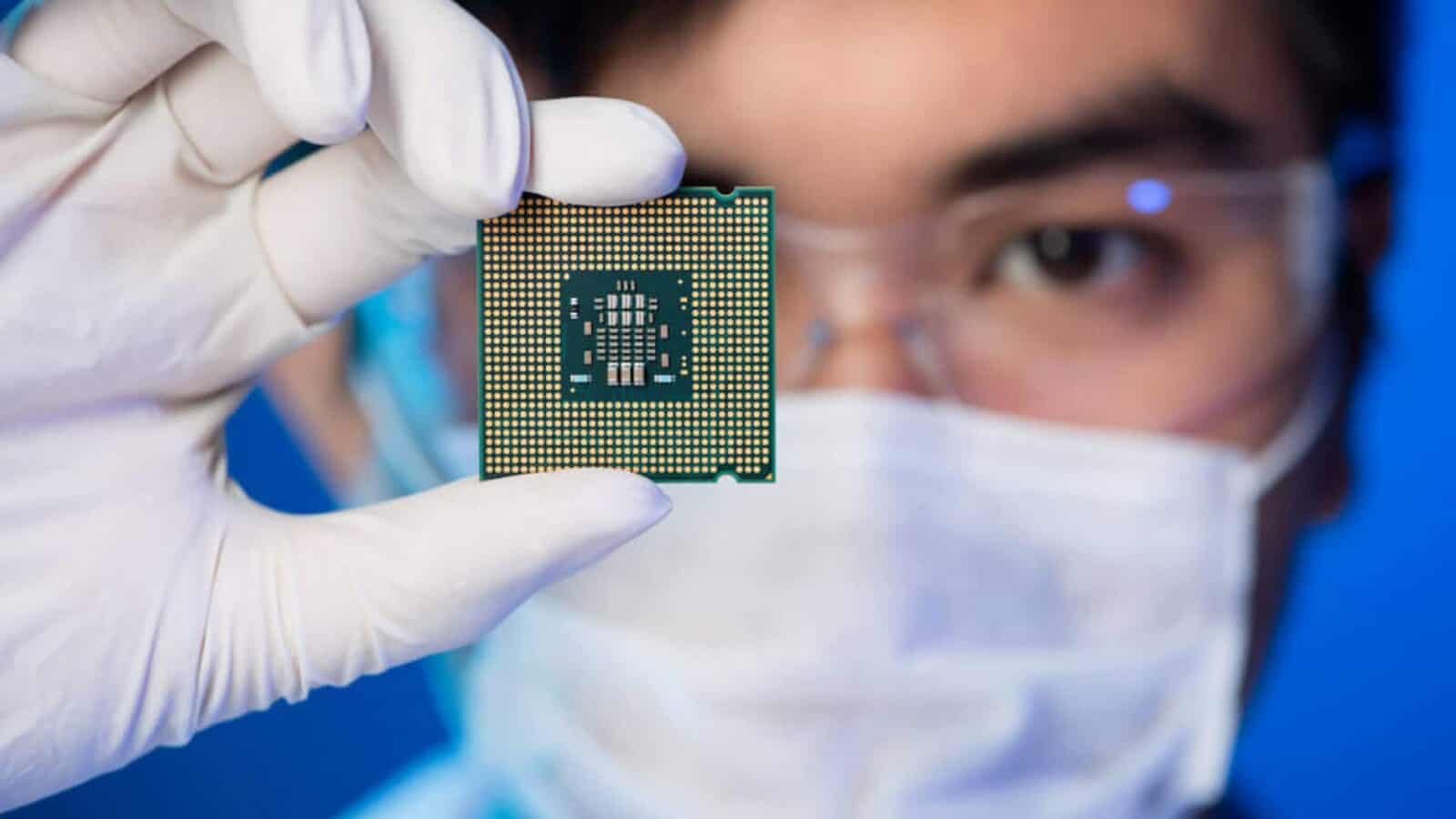FAQs
What is a System on Chip (SoC)?
System on Chip (SoC) technology brings different parts of a computer system together onto a single chip

Just a heads up, if you buy something through our links, we may get a small share of the sale. It’s one of the ways we keep the lights on here. Click here for more.
Quick Answer: A System on Chip (SoC) is a tiny computer that combines many different parts into one chip, making devices like phones and tablets smaller, more efficient, and use less power.
Ever wondered how your smartphone fits so many features in a small size? Or how devices like smartwatches and fitness trackers can do multiple tasks seamlessly?
The answer lies in a special technology called System on Chip (SoC).
Imagine building a house. Traditionally, you would need different workers for each task: carpenters, electricians, plumbers, and so on. Each worker specializes in their area but needs to communicate and coordinate with others to complete the project.
Well, an SoC is essentially their foreman or supervisor. Just as a foreman ensures all workers work together efficiently in building a house, an SoC integrates multiple components into one single chip for optimal performance in devices like smartphones and smartwatches.
Does that make sense? Well, let’s dive deeper.
What is System on Chip (SoC)?
Short Answer: A System on Chip (SoC) is a tiny computer that combines many different parts into one chip, making devices like phones and tablets smaller, more efficient, and use less power.
In simple terms, a System on Chip is like having all those workers collaborating together on a single team.

Instead of separate parts scattered around, an SoC integrates various components of a computer system onto a tiny chip. It’s like having a mini-computer inside your device.
Think about your smartphone – it has not only a processor (the brain of the device) but also a memory to store data, interfaces to connect with other devices (like headphones or chargers), graphics capabilities for videos and games, and much more.
All of these functions are packed into one SoC. By bringing multiple elements together on a single chip, SoCs offer several advantages.
SoCs offer many benefits
First off, they save space. Just as having all workers at hand reduces the need for extensive construction sites or large hardware setups, integrating everything onto one chip allows devices to become smaller and sleeker.
Secondly, SoCs help improve energy efficiency.
Like efficient teamwork where colleagues cooperate instead of duplicating efforts, having components working closely together within an SoC ensures optimized power consumption. This means longer battery life for your portable devices!
Additionally, this integration leads to enhanced performance. By reducing delays caused by transferring information between separate components, SoCs enable faster and more seamless operations.
This is similar to how good teamwork, with close collaboration and effective communication, makes projects progress smoothly.
SoCs are not only found in smartphones but also in other everyday devices.
For instance, smartwatches that track your fitness activities and display notifications on your wrist utilize SoCs. They combine sensors, processors, and wireless connectivity into one chip to deliver a compact yet powerful wearable device.

What is the system on chip made of?
A System on Chip (SoC), also known as a system on a chip, is basically a single chip that comprises multiple components integrated into one circuit. These SoCs are designed to compute various operations and functions.
They typically include a CPU (Central Processing Unit), microcontroller, processor, GPU (Graphics Processing Unit), RAM (Random Access Memory), and other peripheral components.
SoCs are widely used in various devices, including smartphones, tablets, laptops, and even in internet of things (IoT) devices. The integration of multiple components onto a single chip provides advantages such as reduced power consumption and improved performance.
For example, SoCs in smartphones and tablets enable features like artificial intelligence (AI), Bluetooth connectivity, and high-speed internet access.
Some notable companies that produce SoCs are Intel and MediaTek. Overall, the System on Chip plays a crucial role in enabling advanced computing capabilities in modern devices.
What is the difference between CPU and SoC?
Picture a CPU (Central Processing Unit) as the brain of your computer. It’s the guy doing most of the heavy lifting when it comes to executing instructions for a computer program.
On the other hand, an SoC (System on Chip) is like an entire team packed into one chip. It not only includes a CPU but also has other components like GPU (for graphics), memory, and even Wi-Fi modules all crammed onto that single piece of silicon.
So, in essence, while a CPU is just one key player, an SoC is like having the whole squad working together on one tiny chip.
What is a System-on-Chip (SoC)?
To sum it up, System on Chip (SoC) technology brings different parts of a computer system together onto a single chip.
It improves space efficiency, extends battery life by optimizing power consumption, and enhances overall performance by eliminating delays caused by transferring data between components.
Next time you marvel at the small wonders of modern technology or feel curious about how your gadgets work their magic seamlessly, remember that behind the scenes, there’s often a tiny but mighty SoC making it all possible.
Have any thoughts on this? Drop us a line below in the comments, or carry the discussion to our Twitter or Facebook.
Editors’ Recommendations:
- What is Thunderbolt 4? Super speed ports beyond just USB
- Is OpenAI working on GPT-5?
- What is OneDrive Storage?
- Does Apple Vision Pro work with glasses?































